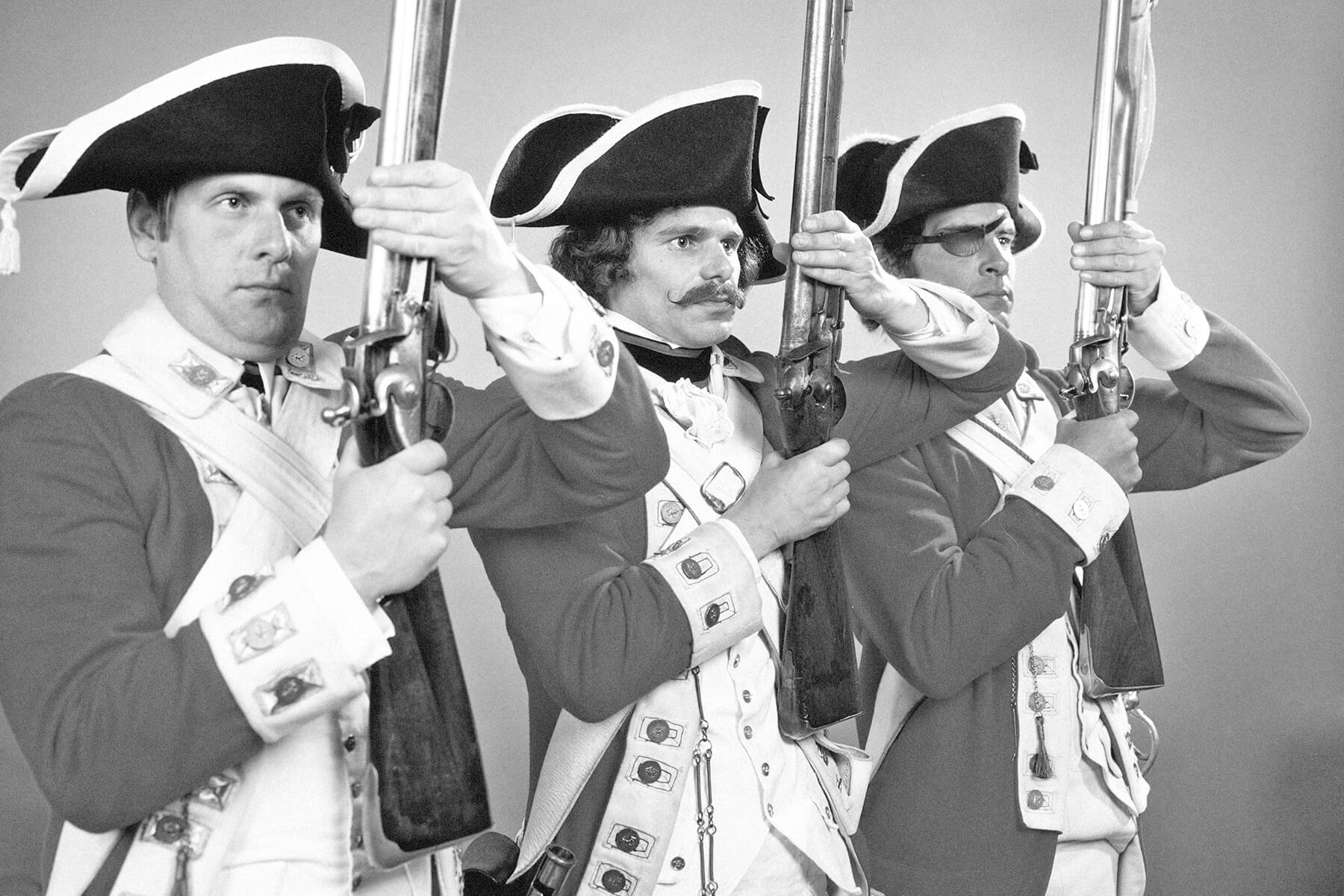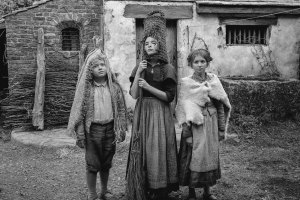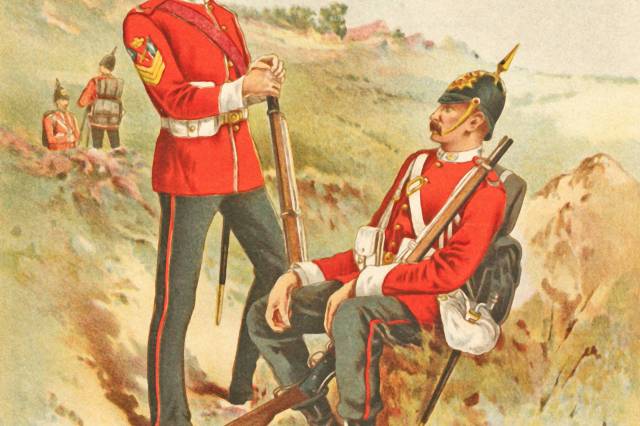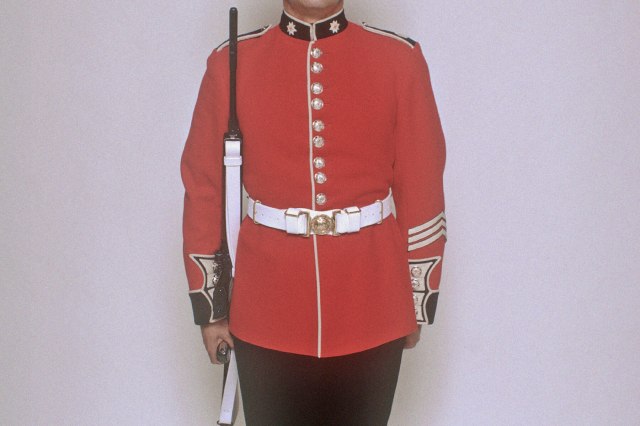Why Did the British Wear Red Coats?
In February 1645, during the First English Civil War, the Parliament of England created the New Model Army. This single, standing army consisted of 22,000 regularly paid, well-disciplined, and properly trained men, with promotion gained on merit. To enhance the cohesion of this force, every soldier was supplied with a standardized uniform, which included a red coat.
It wasn’t long before these soldiers were unofficially dubbed “Redcoats,” a name that stuck through many conflicts to come. British soldiers only stopped wearing red when the khaki uniform was introduced during the Second Boer War (1899-1902), but even today, red coats are worn by British soldiers on ceremonial duty.
But why the color red? It may seem strange today, when camouflage is so commonplace in the design of military uniforms, that such a noticeable color was used on the battlefield, rather than green, brown, or khaki. But there were a number of reasons why red was chosen, including battlefield strategies and the simple need for a uniform that could be produced quickly and efficiently.
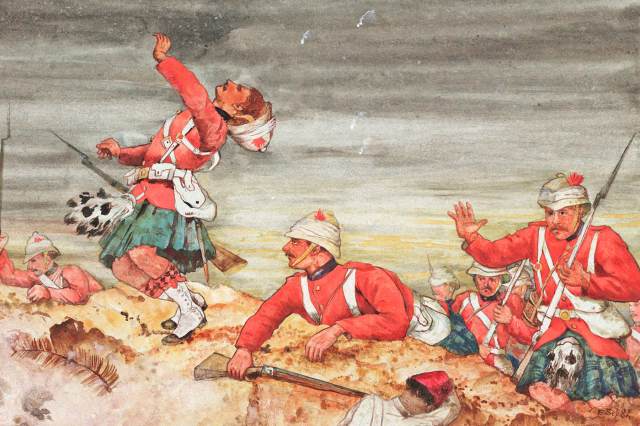
Red Coats Weren’t Designed To Hide the Blood of Battle
First of all, British soldiers didn’t wear red to hide spilt blood, either their own or that of their enemies. There is no evidence to support this often-repeated explanation, and it doesn’t make much sense anyway. Not knowing that you are bleeding isn’t particularly helpful, and hiding any evidence of injuries from the enemy isn’t of much benefit amid the chaos of the battlefield. Also, a bloodstain on a red uniform would likely appear as black rather than red.





